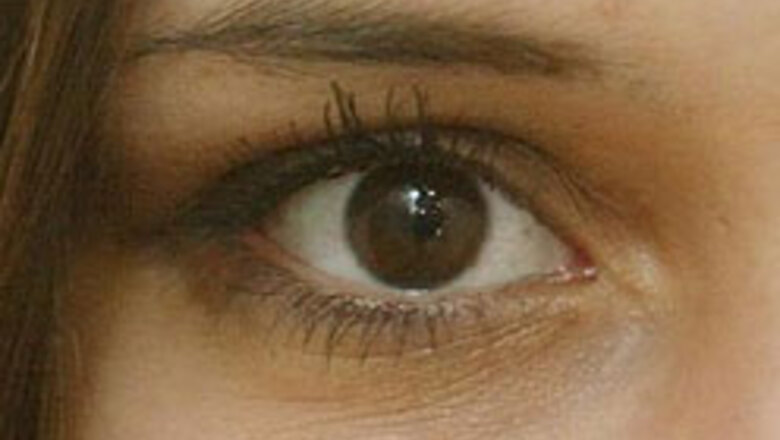
views
London: Scientists from Queensland in Australia, claim to having made a breakthrough in the understanding of the genetics behind human eye colour.
They say that just a few "letters" out of the six billion that make up the genetic code are responsible for most of the variation in human eye colour.
The findings, which are to be published in the American Journal of Human Genetics, are based on a genetic study of nearly 4,000 individuals.
Differences in eye colour are largely down to single nucleotide polymorphisms (SNPs), variations in the sequence of letters that make up a single strand of human DNA.
All the SNPs are located near a gene called OCA2, which produces a protein that helps give hair, skin and eyes their colour.
The researchers focused their study on twins, their siblings and parents, and found that there is no "gene" for eye colour.
The researchers say that everyone has two copies of an SNP, and that is why there can be several possible combinations, which strongly influence the colour of a person's eyes.
They also said that during the study, conducted in collaboration with researchers at the Queensland Institute of Medical Research and the University of Queensland, they found three SNPs near the start of the OCA2 gene that were linked to blue eye colour.
"The SNPs we've identified in themselves are not functionally causing the eye colour change, but they are linked very, very closely to something that is," BBC quoted Dr Richard Sturm from the University of Queensland, as saying.
"When OCA2 is knocked out, there is a loss of pigmentation. The position of these SNPs right at the start of the gene means it is possible we're looking at a change in the regulation of the gene in people with blue eye colour," he added.
He says that these SNPs probably regulate how much of the pigmentation protein is produced by the gene.
People with brown eyes might have a lot of this protein, while people with blue eyes have less.
However, the single letter changes involved in green eyes may actually produce functional changes in the pigmentation protein.
"To use an analogy, one of the changes is like switching the light on and off, while the other is like changing the light bulb from brown to green," said Sturm.
The researchers said that single letter changes identified in the study accounted for 74 per cent of total variation in eye colour.




















Comments
0 comment